Textile design: Thesis work inspired by spider webs, journalism
First day of NCA students’ display witnesses relatively low turnout.
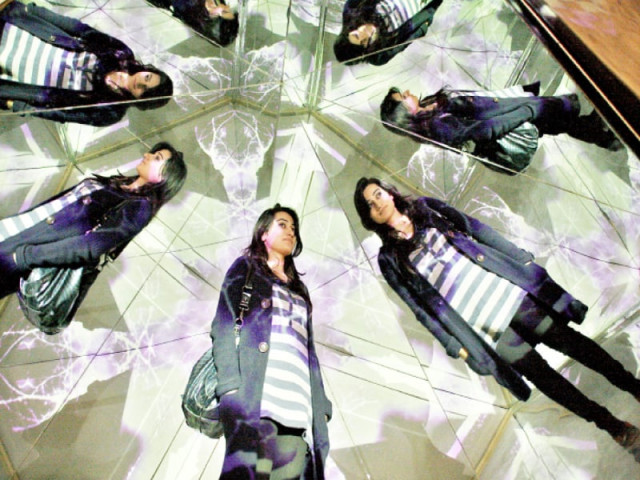
The works range from spider web meshes and a critique of Pakistani journalism to experimental installations projecting dreams as real experience.
The theses of 17 Textile Department students went on display at the National College of Arts (NCA) from Wednesday.
The works range from spider web meshes and a critique of Pakistani journalism to experimental installations projecting dreams as real experience.
The first day witnessed a relatively low turnout, but students said they expected more visitors in the coming days.
One of them, Nageen Rahmani, has tried to explore her fears and aspirations “that transpire in her dreams” in her installation titled Kaleidoscope.
In an attempt to “project images from her life”, she has arranged three rectangular mirrors at 60-degree angles in a triangular formation. Objects placed in the centre of the installation produce a kaleidoscope.
“Dreams are a projection of one’s subconscious. I wanted to understand myself better by interpreting my dreams,” Rahmani said.

She said the work took less than a week to finish. She used a mirror sheet as the base of the triangle and 5mm thick mirrors to form two sides. A fabric wall serves as the background of the installation.
Rahmani has placed hand drawn images against the fabric wall which are reflected in the mirrors. There are drawing of rickshaws, trees and her house to “add a design element to her work”.
She hopes to help her father, a textile designer, though she does not want to limit herself to designing only. “I want to explore the functionality aspect of design,” she said.
Aiman Chughtai’s Mazaar in Multan is a mosaic that forms a three- dimensional artwork. Chughtai has created mazaar using jumbo board blocks.
In an uneven placement of the blocks to form a picture, she has covered some with leather, suede, hand prints and machine embroidery. The colours are the same as in the traditional mazaars in Multan with blue, cobalt and turquoise most prominent.
For Chugtai, designs should have a utilitarian purpose. She said the blocks could be used to soundproof a room. She said it took her a month to set up the installation. “There were days when I worked on the piece for 14 hours in a row.”
An avid Discovery channel viewer, as she described herself, Sumayya Khalid’s Spider Web is a result of her fascination with spiders.

“A spider web has a lot of interesting patterns. That is what caught my eye and I created this installation,” she said.
She said she had aimed at creating a surface with a light composition.
After researching the options of fibres she could use to create the surface she had in mind, she decided on using fish wire.
She said she had woven three yards of fabric in a week to create a surface that looked like a spider’s web in form of umbrellas. She said she focused on aesthetics rather than on functionality.
Rabia Anjum’s work, titled World of Journalism, is a critique of the Pakistani press’s focus on bomb blasts and death tolls. It consists of three panels depicting the recurring themes in Pakistani media. She said the regular negativity in the news had de-sensitised people to violence and corruption.
She has used items from newspapers and pictures of famous journalists to form a map of Pakistan on velvet and cotton.
The work will be on display till January 20.
Published in The Express Tribune, January 17th, 2013.

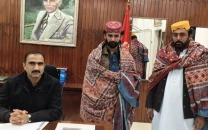

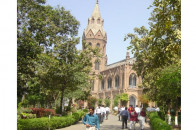
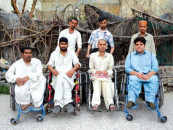

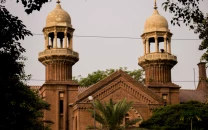












COMMENTS
Comments are moderated and generally will be posted if they are on-topic and not abusive.
For more information, please see our Comments FAQ